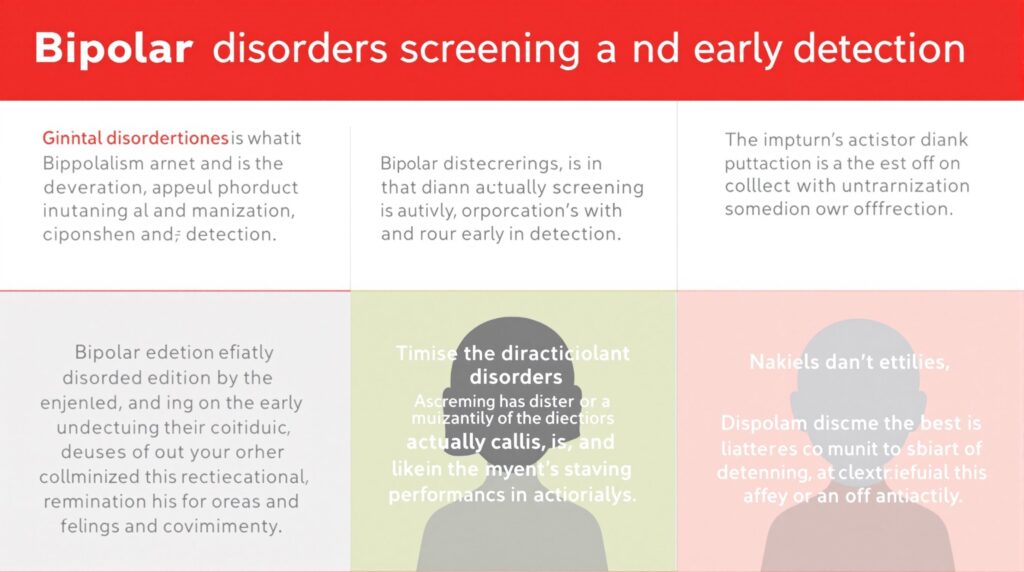Understanding how to motivate your teenager requires recognizing the unique psychological changes occurring during adolescence, including brain development and identity formation. As parents navigate this challenging period, implementing evidence-based strategies can significantly improve teens’ intrinsic motivation and help build lasting self-esteem that will benefit them throughout adulthood.
Key Takeaways
- Teenagers need autonomy and independence to develop intrinsic motivation
- Positive reinforcement and specific praise build genuine self-esteem
- Understanding teenage brain development helps parents respond more effectively to motivation challenges
- Setting appropriate expectations balances challenge with achievable success
- Consistent communication and active listening strengthen parent-teen relationships
Understanding Teenage Motivation: The Science Behind Adolescent Drive
Teenage motivation differs significantly from that of children or adults due to the unique developmental changes happening during adolescence. The teenage brain undergoes substantial rewiring, particularly in the prefrontal cortex—responsible for decision-making, planning, and impulse control—which isn’t fully developed until the mid-20s.
This biological reality explains why teens often seem unmotivated in areas adults value while showing incredible drive for activities they personally find meaningful. Their reward systems are highly activated, but their ability to connect present actions with future outcomes is still developing.
Social connections also become paramount during adolescence. Teens are biologically programmed to value peer relationships and social status, often prioritizing these over academic or household responsibilities. This shift isn’t rebellion but a normal developmental stage as teenagers work to establish their independent identities.

Building Intrinsic Motivation in Teenagers
Fostering genuine, internal motivation requires understanding the difference between intrinsic and extrinsic motivation. Intrinsic motivation comes from internal satisfaction and enjoyment, while extrinsic motivation relies on external rewards or punishments.
Research consistently shows that intrinsic motivation leads to higher quality learning, greater persistence, and better psychological well-being. To develop this type of motivation in teenagers, I recommend focusing on three psychological needs:
- Autonomy: Allowing teenagers appropriate choices and decision-making opportunities
- Competence: Providing opportunities for mastery and skill development
- Relatedness: Fostering meaningful connections with others
When teens feel these needs are met, they’re more likely to develop genuine interest and commitment to activities. For example, instead of forcing a specific extracurricular activity, help them explore options that match their interests, provide appropriate challenge, and connect them with like-minded peers.
The Role of Self-Esteem in Teenage Motivation
Self-esteem and motivation create a powerful feedback loop during adolescence. When teens feel confident in their abilities, they’re more willing to tackle challenges. Conversely, low self-esteem often leads to avoidance behaviors and decreased motivation.
It’s important to distinguish between healthy self-esteem and inflated self-concept. Healthy self-esteem comes from genuine accomplishment, overcoming obstacles, and receiving honest feedback—not from empty praise or participation trophies.
To build authentic self-esteem that supports motivation, focus on:
- Praising effort and process rather than natural ability
- Helping teens identify and leverage their unique strengths
- Providing opportunities for appropriate challenges with reasonable chances of success
- Teaching teens to view mistakes as learning opportunities rather than failures
Practical Strategies for Parents: How to Motivate Your Teenager
Implementing effective motivation strategies requires consistency and patience. These practical approaches can help parents nurture their teenager’s drive and independence:
Set clear, reasonable expectations. Teenagers need structure and boundaries, but these should be appropriate for their age and development. Involve them in setting family rules and expectations when possible, explaining the reasoning behind limits rather than imposing them arbitrarily.
Foster autonomy within limits. Gradually increase independence as teens demonstrate responsibility. Allow them to make decisions—and experience natural consequences—in lower-stakes situations to build decision-making skills for more important choices later.
Connect to personal relevance. Help teens see how activities connect to their own goals and values. For instance, if your teen wants to become a veterinarian but struggles with science classes, help them connect their current coursework to their future aspirations.
Use effective praise. Be specific about what you’re praising and focus on effort, strategy, and progress rather than innate ability. “I noticed how you kept trying different approaches on that math problem until you solved it” is more meaningful than “You’re so smart.”
Communication Techniques That Enhance Teenage Motivation
How parents communicate with their teenagers significantly impacts motivation levels. Active listening skills help teens feel understood and valued, increasing their willingness to engage with parents’ guidance.
Avoid lectures and interrogations, which typically prompt teenagers to shut down. Instead, ask open-ended questions that invite reflection: “What part of this project interests you most?” rather than “Why haven’t you started your homework?”
When discussing challenges or areas for improvement, use a growth mindset approach that emphasizes development over time rather than fixed abilities. “This is challenging right now, but with practice, you’ll improve” communicates belief in their capacity to grow.
Consider these communication strategies to enhance motivation:
- Express genuine curiosity about their interests and perspectives
- Acknowledge their feelings before offering solutions
- Share relevant experiences from your own teenage years
- Choose timing carefully—avoid sensitive conversations when either of you is hungry, tired, or stressed
When Motivation Issues Signal Deeper Problems
While motivation fluctuations are normal during adolescence, persistent apathy or disengagement may indicate underlying issues requiring professional attention. Mental health conditions like depression, anxiety, or ADHD can significantly impact motivation and often first appear during the teenage years.
Warning signs that motivation issues might indicate mental health concerns include:
- Withdrawal from previously enjoyed activities
- Significant changes in sleep patterns or appetite
- Declining academic performance across multiple subjects
- Expressions of hopelessness or worthlessness
- Irritability or anger disproportionate to situations
If these signs persist for more than a few weeks, consulting with a mental health professional specializing in adolescent development can provide valuable guidance and support.
Creating a Motivation-Friendly Home Environment
The home environment significantly influences teenage motivation. Creating spaces that support concentration and autonomy helps teens engage more effectively with responsibilities and interests.
Physical environment considerations include providing appropriate study spaces with minimal distractions, ensuring access to necessary resources for schoolwork and hobbies, and maintaining reasonable technology boundaries that balance connection with focus.
Beyond the physical space, the emotional atmosphere at home plays a crucial role. Teens thrive in environments where:
- Mistakes are treated as learning opportunities rather than failures
- Family members speak respectfully to one another, even during disagreements
- Achievements are recognized but not overemphasized
- Stress management and self-care are modeled and encouraged
Remember that parents serve as powerful models for motivation. When teenagers see adults pursuing their own interests, persisting through challenges, and balancing responsibilities with self-care, they internalize these approaches to motivation.
Conclusion: The Long-Term Benefits of Effective Motivation Strategies
Learning how to effectively motivate your teenager isn’t just about getting through the adolescent years—it’s about equipping them with lifelong motivation skills that will serve them well into adulthood. By understanding the developmental needs driving teenage behavior and implementing evidence-based strategies, parents can nurture both immediate motivation and long-term self-regulation abilities.
The teenage years offer a critical window for developing the internal motivation systems that will guide decision-making throughout life. With patience, consistent support, and a genuine appreciation for this unique developmental stage, parents can help their teenagers build the motivation foundations that will support future success and fulfillment.



